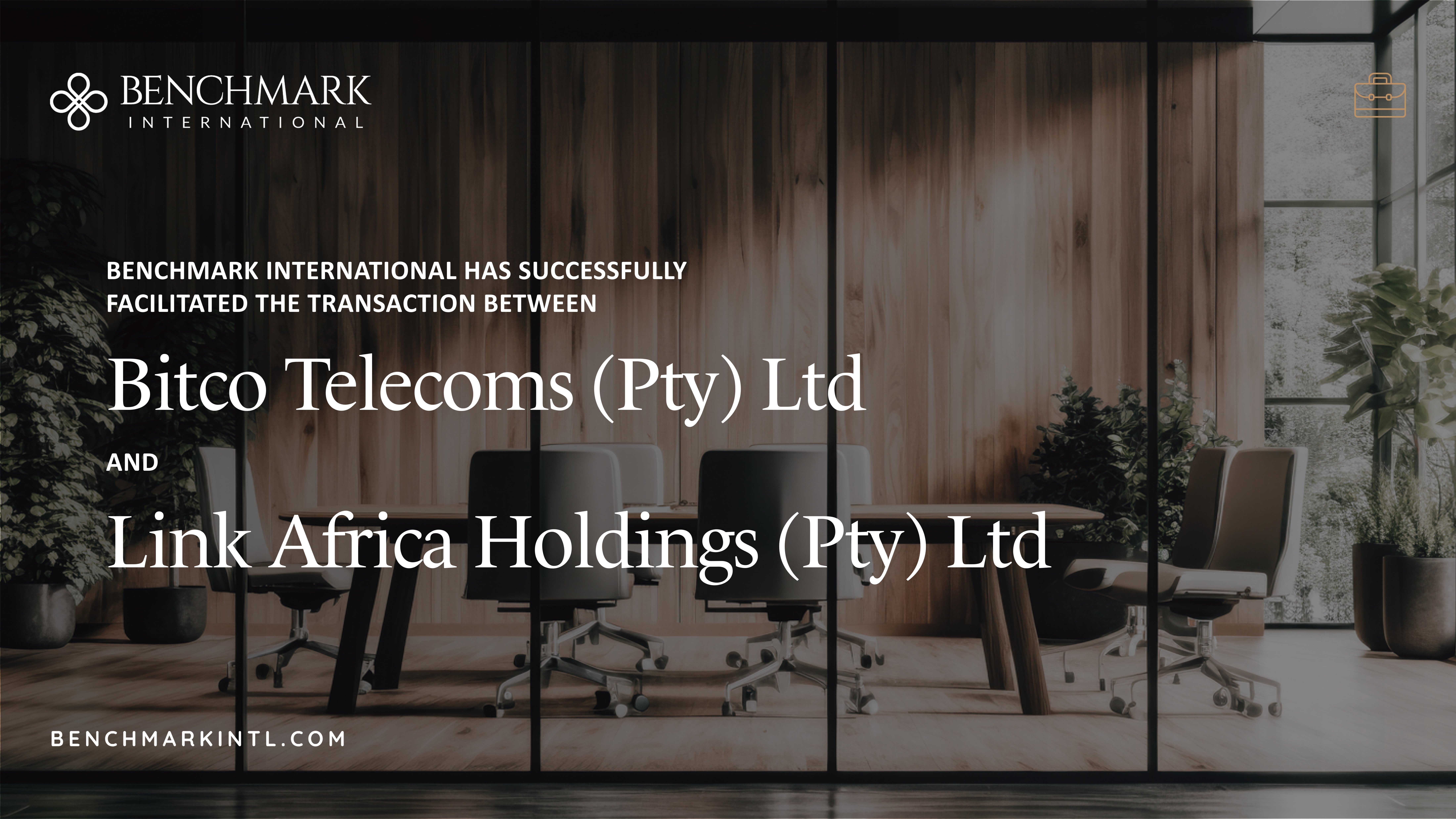The corporate industry world has borne witness to some of the mega deals being signed throughout the year. Pharmaceutical giant Pfizer announced as $160 billion merger with Allergan. A deal that was, according to Bloomberg, “the largest ever deal in the history of healthcare industry and second biggest deal overall on record”.
The chemical industry has also been going through the consolidation process, with leading chemical companies, DuPont and Dow, agreeing to unite as a $130 billion company. Also, there was a massive deal within the beverage industry when AB Inbev expressed its intention to acquire SABMiller, creating a $104 billion enterprise.
Albeit M&A has been a regular activity in the history of business, researchers so far have identified few notable periods when this had taken place at a breakneck pace. In the beginning of the 20th century the trend was known as “horizontal mergers” meaning enterprises from the same industry used to unite and formed monopolies.
In the 1960s, businesses were attempting to diversify by way of merger to create large conglomerates. One example, was General Electric having multiple businesses like manufacturing of large equipment, television to even financial services. Because of globalisation and deregulation, the banking and telecom sector went through a period of considerable consolidation during 1990s.
Ernst & Young (EY) stated that the appetite for mergers and acquisitions is at the highest level since 2010. This comment came out of a study which surveyed 1,600 executives in 54 countries. Some of the interesting findings from the survey were: more than half of the companies plan to carry out acquisitions within the next 12 months; three-quarters of executives are planning more deals after a busy 2014; nearly one third are pursuing bigger deals and there is also an increasing interest in smaller bolt-on transactions.
Few companies are looking to shift their headquarters to low tax jurisdictions by merger, which in turn would reduce their corporate tax burdens. Such a move would allow them to increase their spending on R&D. M&A has been one of the methods used to reduce the cost of doing business and increase revenue from greater market share.
Few critical factors that intensified M&A were: healthy cash reserves of large corporations and the lowest ever interest rates. As a results, companies had flexibility to make capital investments. It is often observed that, in case the normal growth of the business gets slowed down, enterprises are habitually motivated to grow by M&A rather than organically.
Research suggests that 70 to 90 percent of the time, mergers fail to meet the long-term financial objectives set to deliver at the outset.
From a consumer right protection point of view, markets work best when there is a healthy competition among businesses. The way M&A is happening, the question may arise; is there a potential fear that in many industries the competition might not exist anymore?
With experience in a number of key sectors and representation throughout the Americas, Europe, Africa and Asia, Benchmark International can connect you with the right opportunity. To find out more, visit http://www.benchmarkcorporate.com.
 Benchmark International
Benchmark International  Benchmark International
Benchmark International 



